If you like numbers, especially numbers on shoe sales, then you’ll probably want to check this out. Matt Powell, just sent out his report for 2014’s sales thus far and you’d be surprised at what the top selling models were.
Some may be unimpressed that the Air Jordan 11 Low made it as number one, but this is a list that is compiled by numbers/ sales. That means that the Air Jordan 11 Low was mass produced… otherwise it’d be lower on the list like the Air Jordan 2 which had a smaller production number. We, as sneakerheads, make up such a small part of sneaker sales and that is something that we all need to keep in mind. We’re a niche market… the sneaker market as a whole is made up of everyone, not just ‘sneakerheads’. When the top 3 sneakers sold within a month consist of 1 hyped up release, a shoe your Grandpa would wear, and a shoe you thought was played out back in 2002… that means that we are such a small ‘community’ that we’re nearly insignificant to the brand’s bottom line.
If you’re interested in this sort of thing, check out the top ten best selling sneakers of April 2014 and feel free to leave your thoughts below in the comment section.
April 2014 Top Selling Models
1. JORDAN 11 LOW
Of the top 250 models for April 2014:
- Nike had 137
- Jordan, 31
- Skechers,18
- adidas, 14
- Asics, 12

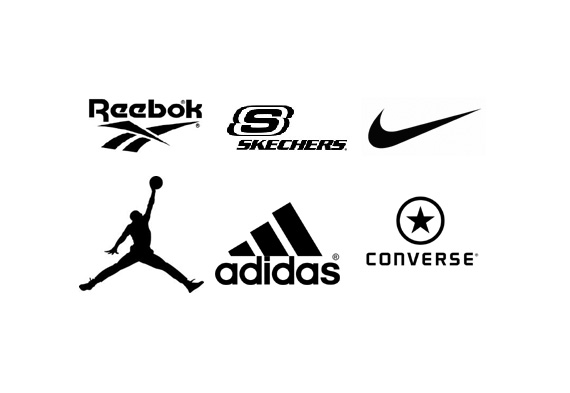

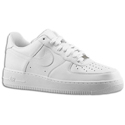
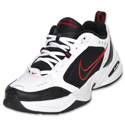

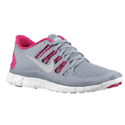
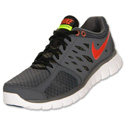




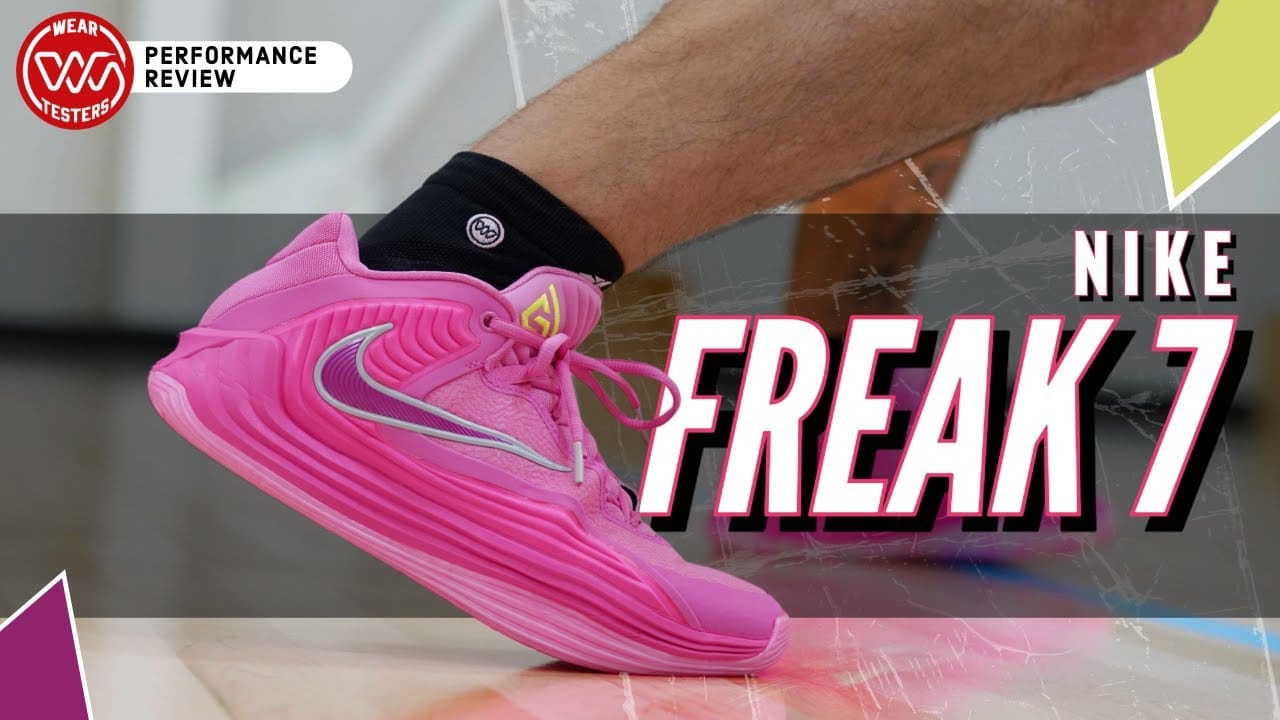
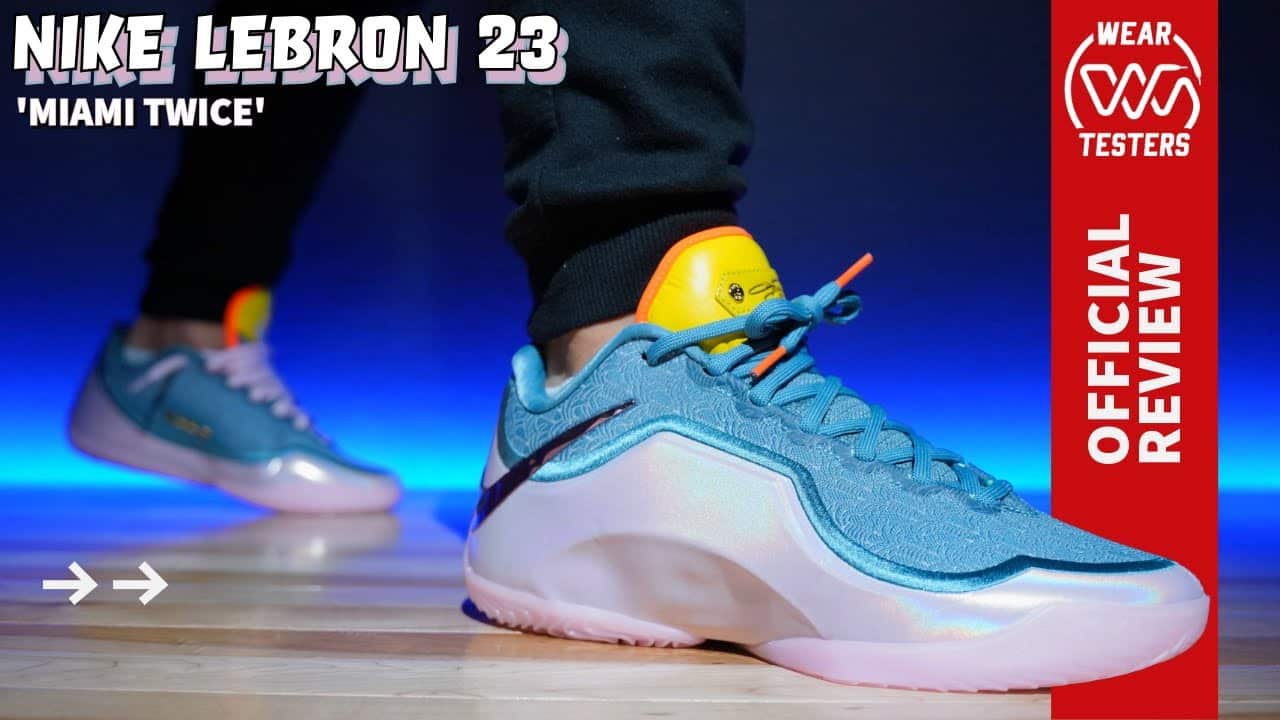
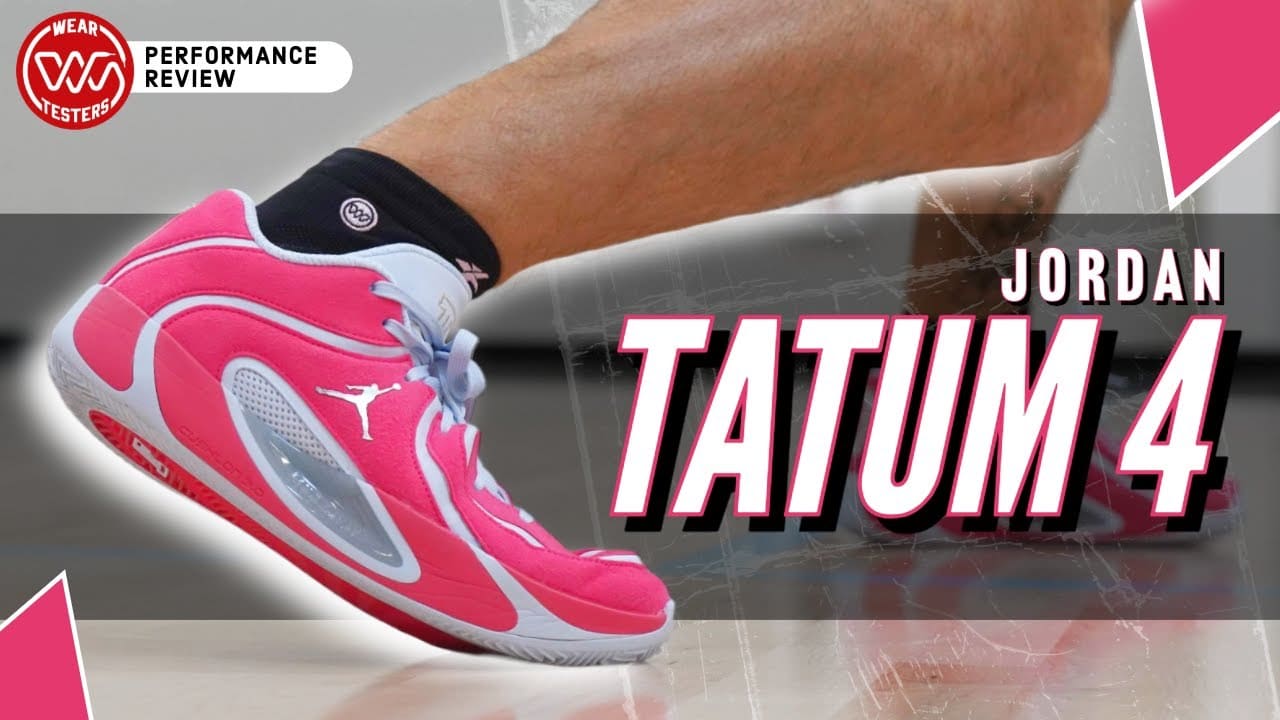
I kind of disagree that we’re nearly insignificant to the brand’s bottom line. Like you said, the 2014 sales report needs to take into account the supply as well as the demand. When they release so few quantities of shoes, it doesn’t accurately reflect the demand level. If anything, the list goes on to show how much demand we have if you look at the Jordan 11 lows. There were only 2 releases of the 11 lows and they top the list. All the other models on the list have been available forever. We’re also a strong marketing arm for the brands. That’s why they always release limited shoes to drive up the hype.
To their bottom line, we are insignificant. How many Air Monarchs have you bought recently? Those that buy the Air Jordan 11 Low are not all sneakerheads, most are resellers trying to capitalize on our small niche market which is why the other models are always available. There is no denying supply and demand but to not accept that we are the few among the many that buy sneakers then you arent being honest with yourself or accepting the numbers as truth. What I write isnt to piss anyone off or offend, its strictly to help other understand why things work the way they do.
If Jordan Brand were to maintain the 11’s availability the way Nike does the Monarch or AF1 then they wouldn’t sell out the way they do. The ‘hype’ wouldnt be a factor into selling the shoe and they would likely sit on shelves. Does that mean that there arent people that love and enjoy the shoe? No, just saying that if they were avail all the time then they wouldn’t be what they are to many.
I hope no one is pissed off or offended lol. I do think it’s debatable that a small market translates into proportional sales. Meaning that if sneakerheads make up 1% of the market, that translates into 10% of sales, something along those lines. I have been fascinated by the Pareto Principle and instinctively I do think the principle applies to sneakers as well. We may be a small market, but that doesn’t mean it translates to a proportional number of sales. But in the end you have the data that backs up your number more than my theory so I do have to concede. I do think a more detailed market analysis would show a more complete picture that would fall somewhere in between our positions.
I do agree with JP that the market share of sneakerheads is a bit understated by raw data.
I think what you fail to address is that Nike/Jordan brand are natural monopolies for the highly coveted sneaker market but close to perfectly competitive in the rest of the shoe industry. Nike will price the highly coveted sneakers such as 11 lows accordingly and produce much less than if they were a regular run of the mill sneaker like the monarch as monopolies will always produce less than and price higher than the true market price and quantity. This has to attest to the extremely high demand for 11 lows for them to be produced at such large quantities. If the 11’s were as available as monarchs, they would be priced much lower, closer to monarch pricing, and Nike/Jordan Brand would lose a good amount of profit. But since 11 lows were still priced at $140 and sales were still high, that means demand must be that much higher than what is supplied.
What you would need to look at are the marginal revenues and marginal cost of each sneaker rather than raw sales data to see the sneaker head’s true impact on the entire shoe industry, though this would be very difficult and only shoe companies would be able to provide this information.
Are Air Force ones regaining popularity?
Class is in session.
Also…..WAIT A DAMN MINUTE….. Don’t be dissin’ my future old people’s community sneaker aka AIR MONARCH, if only they were Velcro.